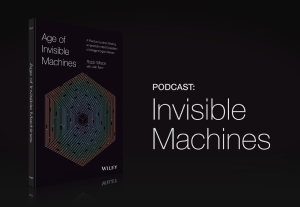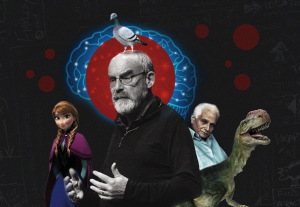- Artificial Intelligence, UX Education, UX Magazine, UX World Changing Ideas
The authors of the Wall Street Journal bestselling business book, Age of Invisible Machines continue their conversation about conversational AI in a new podcast produced by UX Magazine.
Article by UX Magazine Staff
Share:The Invisible Machines Podcast is Here!
Share this link
- February 17, 2023
2 min read







